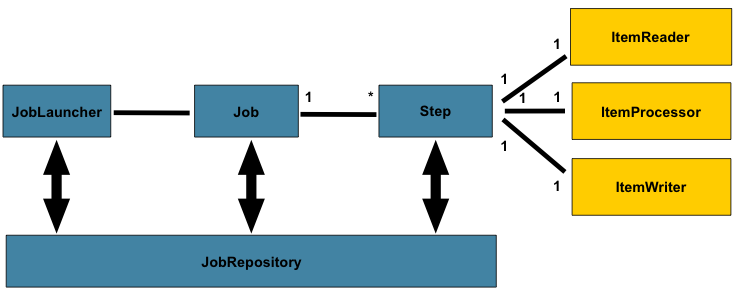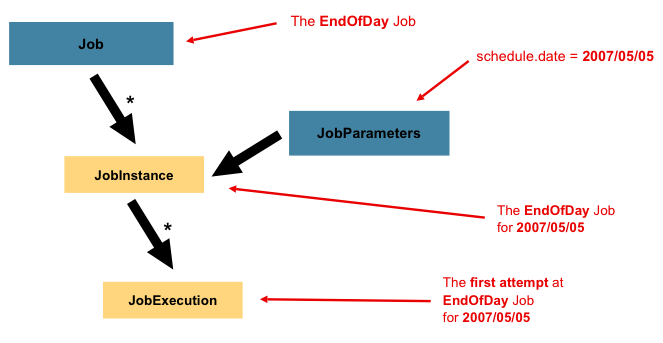panorama:(必选)全景图的路径。
container:(必选)放置全景图的容器。
autoload:(默认为true)true为自动加载全景图,false为迟点加载全景图(通.过load方法)。
usexmpdata:(默认值为true)photo sphere viewer是否必须读入xmp数据,false为不必须。
cors_anonymous:(默认值为true)true为不能通过cookies获得用户
pano_size:(默认值为null)全景图的大小,是否裁切。
default_position:(默认值为0)定义默认位置,用户看见的第一个点,例如:{long: math.pi, lat: math.pi/2}。
min_fov:(默认值为30)观察的最小区域,单位degrees,在1-179之间。
max_fov:(默认值为90)观察的最大区域,单位degrees,在1-179之间。
allow_user_interactions:(默认值为true)设置为false,则禁止用户和全景图交互(导航条不可用)。
allow_scroll_to_zoom:(默认值为true)若设置为false,则用户不能通过鼠标滚动进行缩放图片。
tilt_up_max:(默认值为math.pi/2)向上倾斜的最大角度,单位radians。
tilt_down_max:(默认值为math.pi/2)向下倾斜的最大角度,单位radians。
min_longitude:(默认值为0)能够展示的最小经度。
max_longitude:(默认值为2PI)能够展示的最大维度。
zoome_level:(默认值为0)默认的缩放级别,值在0-100之间。
long_offset:(默认值为PI/360)mouse/touch移动时每像素经过的经度值。
lat_offset:(默认值为pi/180)mouse/touch移动时每像素经过的纬度值。
time_anim(默认值为2000)全景图在time_anim毫秒后会自动进行动画。(设置为false禁用它)
reverse_anim:(默认值为true)当水平方向到达最大/最小的经度时,动画方向是否反转(仅仅是不能看到完整的圆)。
anim_speed:(默认值为2rpm)动画每秒/分钟多少的速度。
vertical_anim_speed:(默认值为2rpm)垂直方向的动画每秒/分钟多少的速度。
vertical_anim_target:(默认值为0)当自动旋转时的维度,默认为赤道。
navbar:(默认为false)显示导航条。
navbar_style:(默认值为false)导航条的样式。有效的属性:
backgroundColor:导航条背景色(默认值rgba(61, 61, 61, 0.5));
buttonsColor:按钮前景色(默认值 rgba(255, 255, 255, 0.7));
buttonBackgroundColor:按钮激活时的背景色(默认值 rgba(255, 255, 255, 0.1));
buttonsHeight:按钮高度,单位px(默认值 20);
autorotateThickness:自动旋转图片的层(默认值 1);
zoomRangeWidth:缩放游标的宽度,单位px(默认值 50);
zoomRangeThickness:缩放游标的层(默认值 1);
zoomRangeDisk:缩放游标的放大率,单位px(默认值 7);
fullscreenRatio:全屏图标的比例(默认值 4/3);
fullscreenThickneee:全屏图片的层,单位px(默认值 2)
loading_msg:(默认值为Loading...)加载信息。
loading_img:(默认值 为null)loading图片的路径。
loading_html:(默认值 为null)html加载器(添加到容器中的元素或字符串)。
size:(默认值为null)全景图容器的最终尺寸,例如{width: 500, height: 300}。
onready:(默认值为null)全景图准备好并且第一张图片展示出来后的回调函数。
方法介绍
addAction():添加事件(插件没有提供执行事件的方法,似乎是提供给插件内部使用的)。
fitToContainer():调整全景图容器大小为指定大小。
getPosition():获取坐标经纬度。
getPositionInDegrees():获取经纬度度数。
getZoomLevel():获取缩放级别。
load():加载全景图()。
moveTo(longitude, latitude):根据经纬度移动到某一点。
rotate(dlong, dlat):根据经纬度度数移动到某一点。
toggleAutorotate():是否开启全景图自动旋转。
toggleDeviceOrientation():是否开启重力感应方向控制。
toggleFullscreen():是否开启全景图全屏。
toggleStereo():是否开启立体效果(可用于WebVR哦)。
zoom(level):设置缩放级别。
zoomIn():放大。
zoomOut():缩小。





近期评论